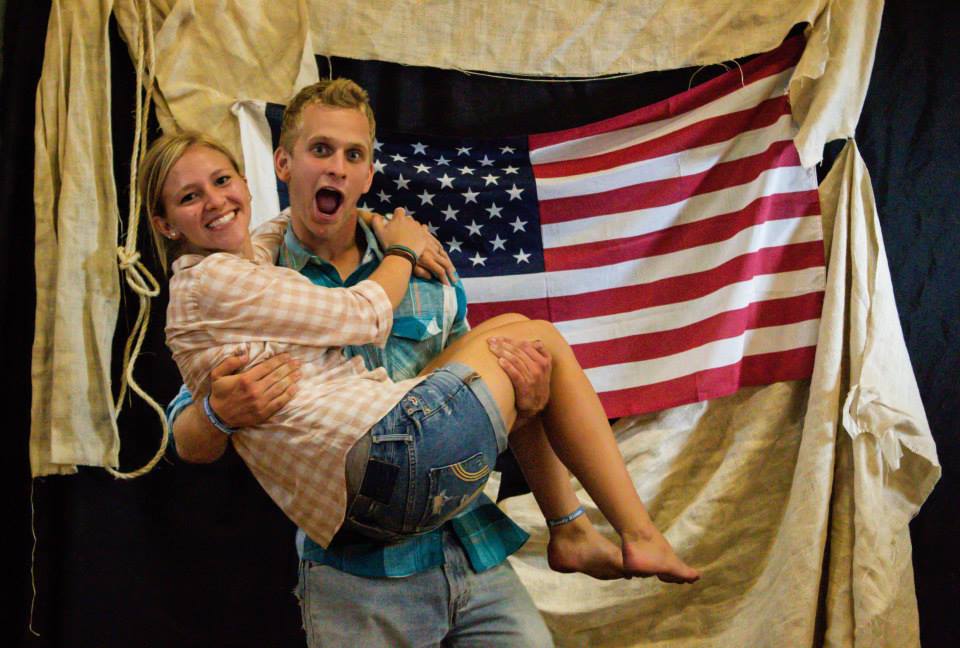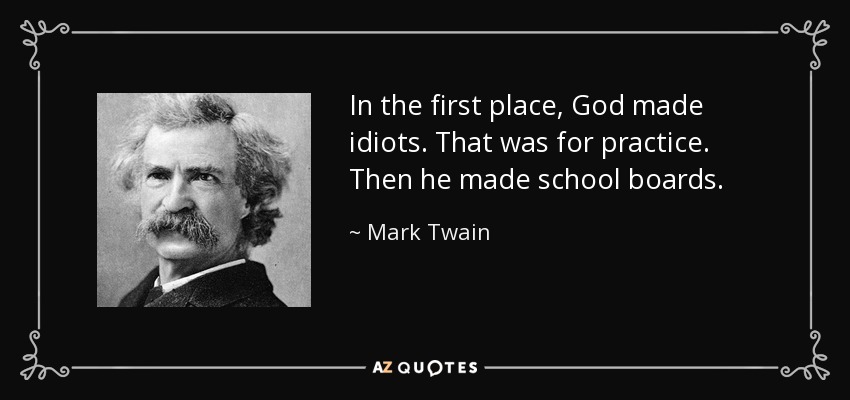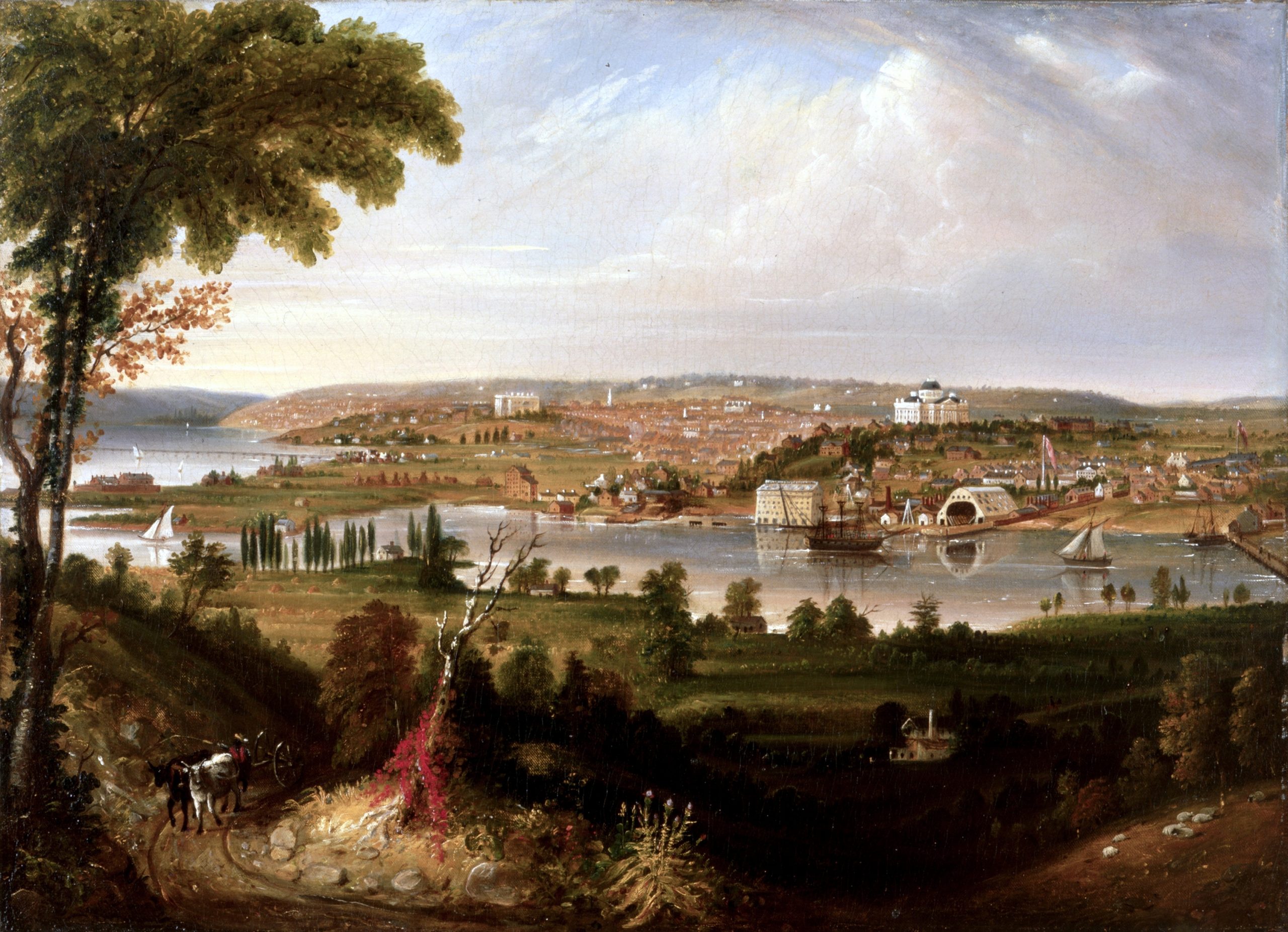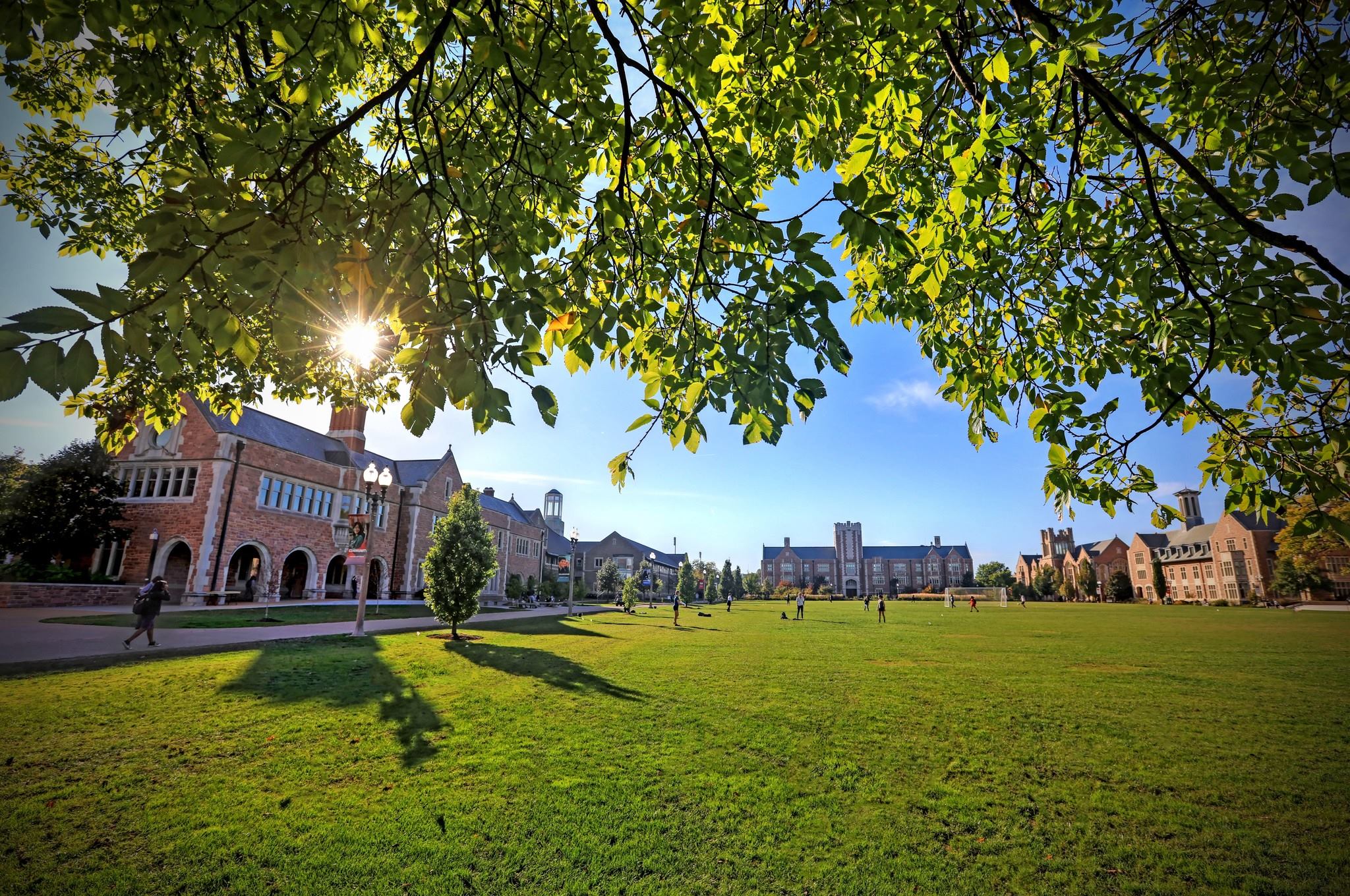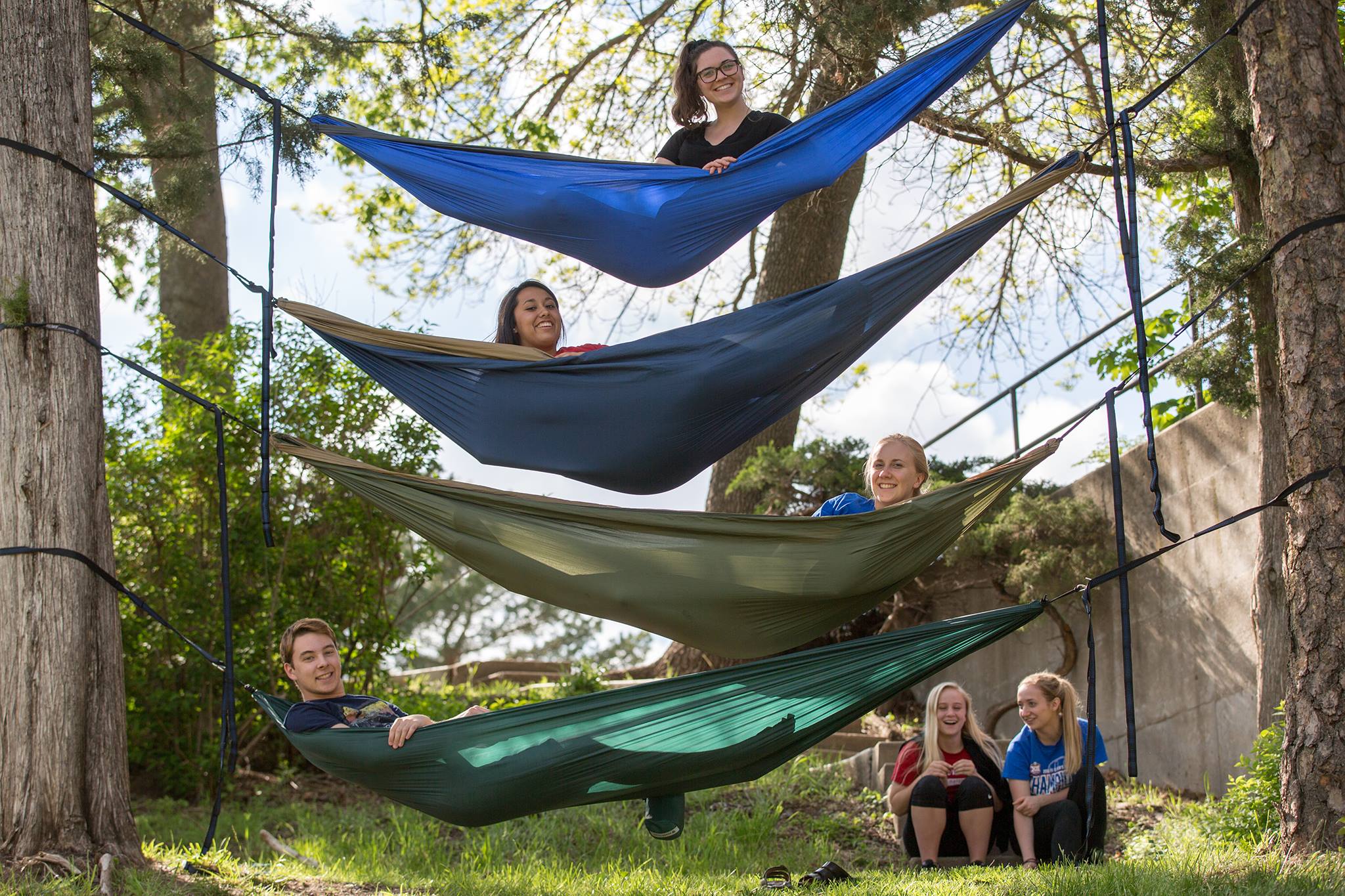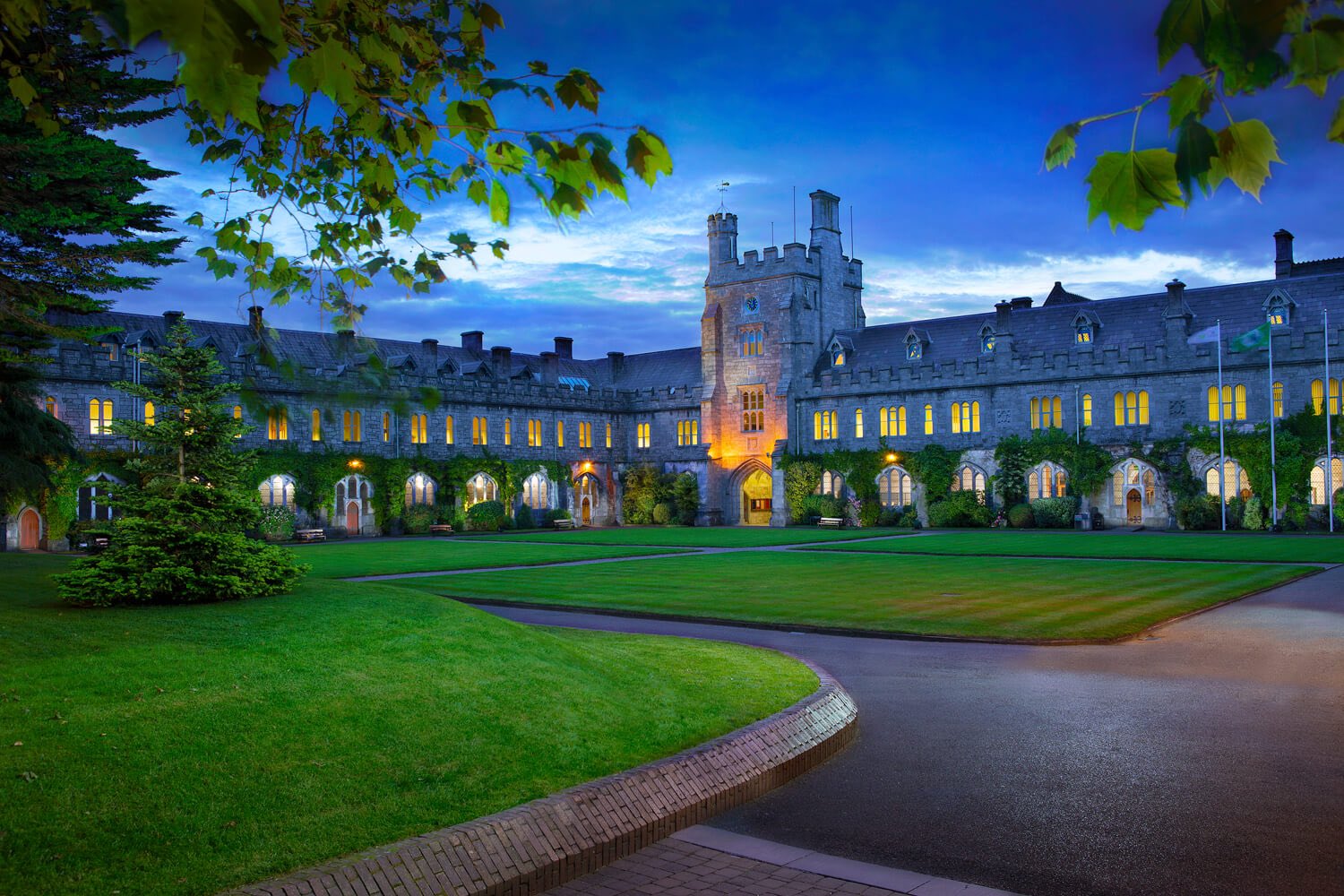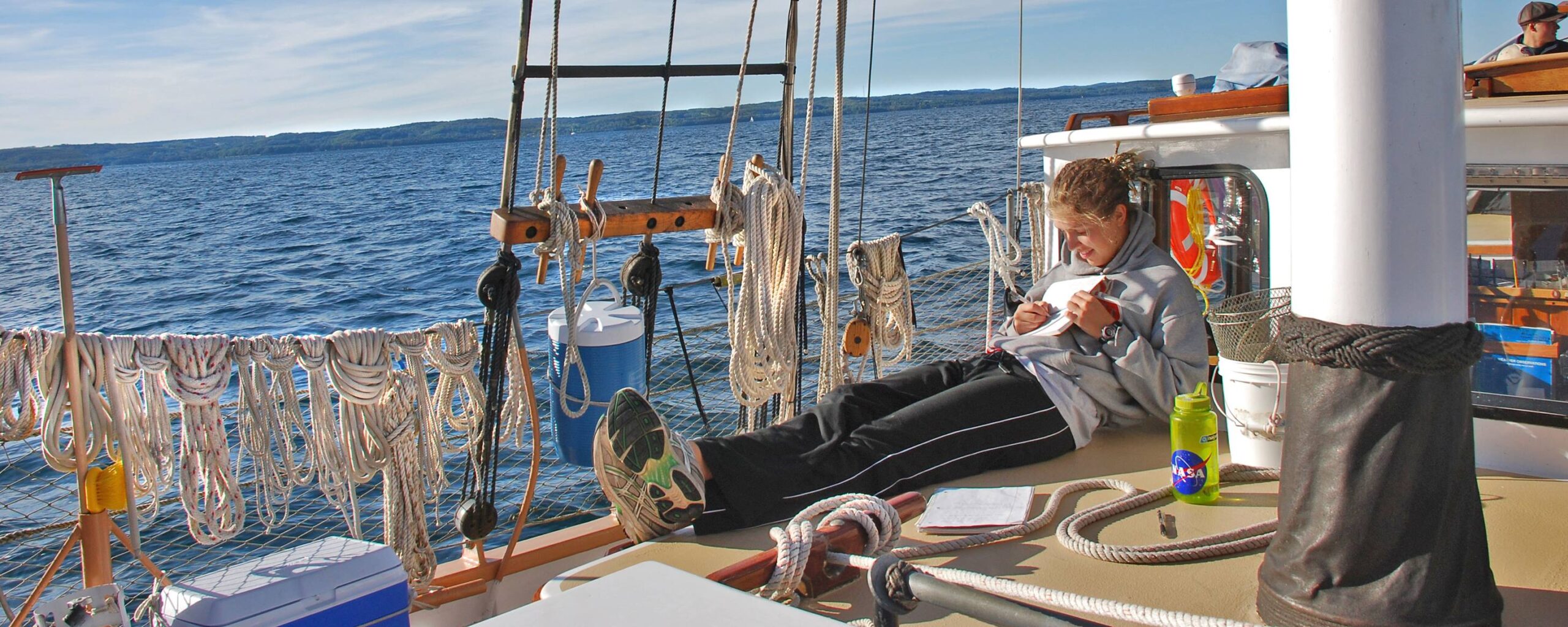National Electrical Code (NFPA 70): Article 250 Grounding & Bonding
2026 Code Panel 5: Transcript of Proposed Changes
Electrical grounding is vital for safety and system protection. It provides a path for excess electrical current to safely dissipate into the earth, reducing the risk of electric shock, fire, and equipment damage. Grounding stabilizes voltage levels, ensuring the proper operation of electrical systems and devices. It also protects against electrical surges and lightning strikes by diverting harmful currents away from sensitive components. Overall, grounding enhances the safety, reliability, and performance of electrical installations, making it a fundamental practice in electrical engineering and construction.
In other words, without grounding, electric energy does no useful work. Today we review the grounding principles for exterior lightning protection and building interior telecommunication and audio-visual systems. Use the login credentials at the upper right our home page.

“Railroad Sunset” | Edward Hopper
Grounding protects buildings from lightning by providing a safe path for the immense electrical energy of a lightning strike to travel into the earth, thereby minimizing damage. Here’s how it works:
- Lightning Rods: Metal rods placed on top of buildings intercept lightning strikes. These rods are connected to a network of conductors.
- Conductors: These metal cables or strips carry the electrical charge from the lightning rod to the ground.
- Grounding System: The conductors are connected to grounding rods buried deep in the earth, dispersing the electrical charge safely into the ground.
This system prevents lightning from passing through the building’s structure, reducing the risk of fire, structural damage, and electrical hazards.

“Rain in Charleston” 1951 Thomas Fransioli
Grounding in telecommunication systems is crucial for ensuring safety and operational reliability. Here’s how it works:
- Surge Protection: Grounding helps protect telecommunication equipment from voltage surges caused by lightning strikes, power line faults, or switching operations. By providing a direct path to the earth, grounding allows excess electrical energy to be safely dissipated, preventing damage to sensitive equipment.
- Electromagnetic Interference (EMI) Reduction: Proper grounding minimizes EMI, which can disrupt communication signals. By creating a common reference point for electrical potentials, grounding reduces noise and interference, ensuring clearer and more reliable signal transmission.
- Safety: Grounding protects personnel from electrical shocks by ensuring that any fault currents are directed away from equipment and safely into the ground. This is particularly important in environments with high-power transmission equipment.
- System Stability: Grounding stabilizes voltage levels within the system, preventing fluctuations that could cause equipment malfunctions or failures. This stability is crucial for maintaining consistent and reliable telecommunications services.
Overall, grounding enhances the safety, performance, and reliability of telecommunication systems by managing electrical faults, reducing interference, and protecting both equipment and personnel.

“Telegraph Poles with Buildings” | Joseph Stella (1917)
Grounding in audio systems is essential for ensuring high-quality sound output and preventing various types of electrical noise and interference. Here’s how it works:
- Noise Reduction: Proper grounding minimizes hums and buzzes often caused by ground loops, which occur when different pieces of equipment are grounded at different points. By ensuring a common ground point, the potential differences that cause these loops are eliminated, leading to cleaner audio signals.
- Shielding: Grounding provides a reference point for the shielding in audio cables, which helps to block external electromagnetic interference (EMI) and radio frequency interference (RFI). This shielding prevents unwanted noise from being introduced into the audio signal.
- Safety: Grounding protects both the equipment and users from electrical shocks. In the event of a fault, the grounding system directs the fault current safely to the earth, reducing the risk of electric shock and equipment damage.
- Signal Integrity: By maintaining a consistent ground potential, grounding helps preserve the integrity of audio signals. This ensures that the signals are transmitted and received accurately without degradation, resulting in better sound quality.
- Equipment Protection: Proper grounding can protect sensitive audio equipment from power surges and static discharge, extending the lifespan and reliability of the components.
Overall, grounding is a fundamental practice in audio systems to ensure high-quality sound, protect equipment, and maintain safety for users.
Related:
History of grounding/earthing practices in the united states



